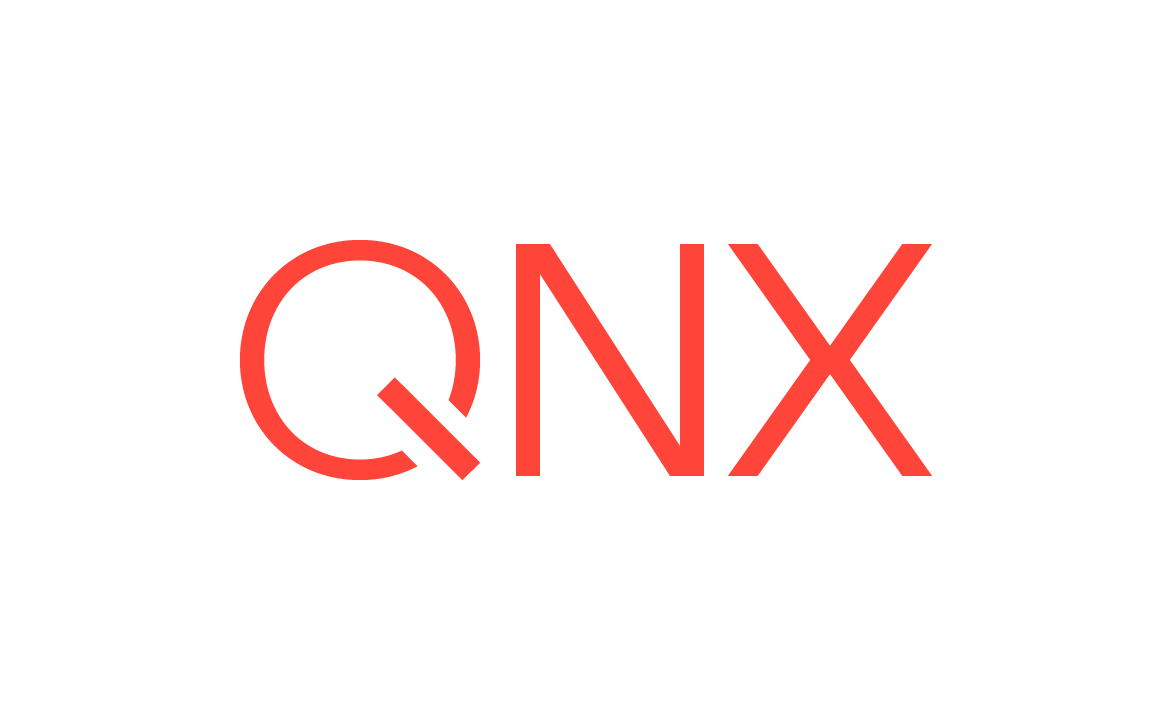Auditing builds
QNX provides tools that you can use to gather information about build artifacts, including which shared libraries a binary needs, the package it belongs to, and the command-line options that were used to build it.
What am I running?
You can run the use command to display information about build artifacts such as a library or binary. You can run it on either a host or target (if use is installed on your target image).
use -i binary$ use -i ./libbz2.so
QNX_BUILDID=(GNU)b5aa59f5823c5d06ffcf1f84d28de841
NAME=libbz2.so.1
DESCRIPTION=bzip2 library
DATE=2020/01/17-13:09:14-EST
STATE=lookup
HOST=sdp710-node1
USER=builder
TAGID=710-SDP-186
VERSION=7.1.0
PACKAGE=com.qnx.qnx710.target.base.compression/0.0.2.00186T202001171352A You can extract this information for prebuilt QNX binaries.
To inject your own information, see the usemsg entry in the Utilities Reference. For more details, see the use entry in the Utilities Reference.
Displaying the options that were used when an executable binary was compiled
QNX records all the compiler command line arguments it was invoked with into an ELF section named
.QNX.command.line. To display this ELF section, run the readelf
utility with the following parameters on the executable, library, or symbol file:
readelf_variant -p .QNX.command.line elffile- readelf_variant is the readelf command for the specific target platform in the format ntotarget-readelf (for example, ntox86_64-readelf)
- elffile is the executable or library to inspect
For stripped executables and shared objects that ship with QNX OS,
the .QNX.command.line section is only
found in the symbols file (.sym file).
Example command and output:
ntox86_64-readelf -p .QNX.command.line librcheck.so.1.sym
String dump of section '.QNX.command.line':
[ 0] -g2
[ 4] -D_FILE_OFFSET_BITS=64
[ 1b] -DMALLOC_WRAPPER
[ 2c] -D_LIBMALLOC
[ 39] -UMALLOC_WRAPPER
[ 4a] -DMALLOC_DEBUG
...For more information, see the readelf entry in the Utilities Reference.
Required libraries and other binary information
The readelf utility can also provide additional information about the binary and parse the output. For example:
ntoaaarch64-readelf -d libbz2.so.1 | grep NEEDED
0x0000000000000001 ( NEEDED) Shared library: [libc.so.6]For more information, see the readelf entry in the Utilities Reference.
Depending on the system, you can also use ldd to list required libraries. See the ldd entry in the Utilities Reference.
Generate a manifest for the QNX OS image on your target system
The Qscan tool (qscan.sh) allows you generate a manifest for the QNX OS image on your target system.
For more information, see Using Qscan to generate
a target manifest
in the QNX Software Center User's Guide.
